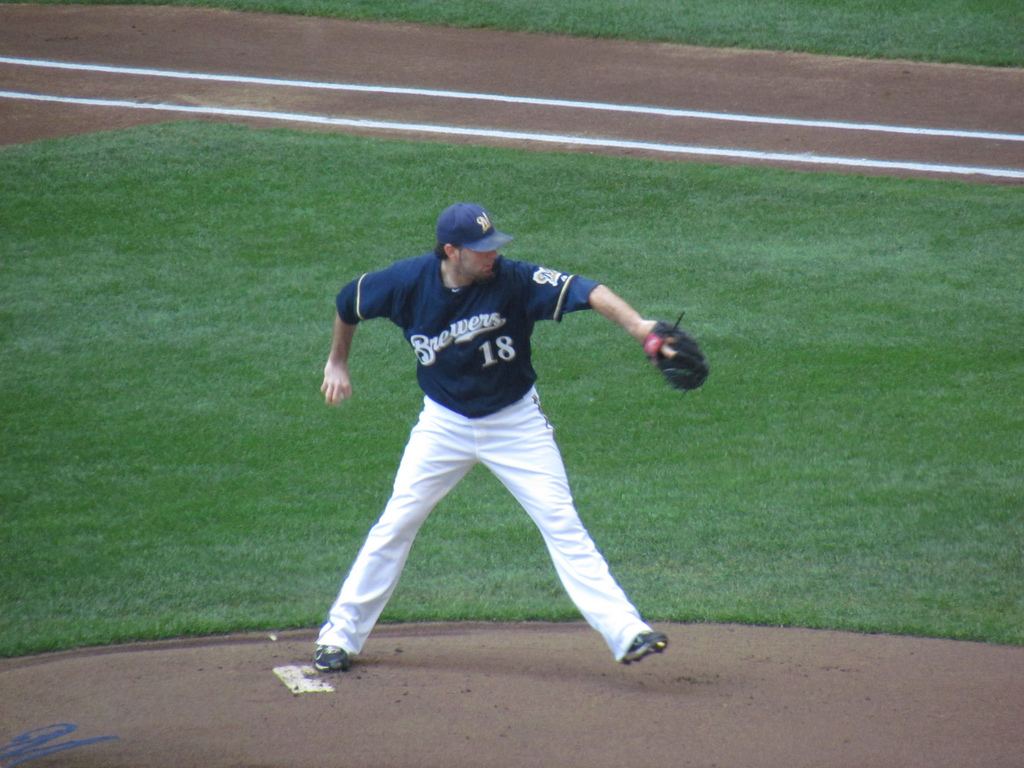Shaun of the Mets: Measuring Marcum’s Value For 2013


One thing we’ve learned about the Mets in recent years is that they like the idea of offering short-term, incentive-laden contracts to pitchers with some upside. Chris Young immediately comes to mind.
The caveat to the Mets’ philosophy is simple: Any starting pitcher with a track record of success and durability is going to demand – and probably receive – a multi-year commitment from the team that signs him. The guys that will take one year usually fall short in one of the two categories. But the issue of durability, while a concern, is what made Shaun Marcum financially feasible for New York.
It’s a strategy that makes sense for the Mets, who are facing budgetary constraints that, depending on who you believe, are anywhere from pesky to prohibitive. Marcum is adamant that he’s in good health, but let’s face it: If his health weren’t a factor on some level, teams would have been beating down his door with multi-year offers. As it stands now, Marcum’s one-year contract with the Mets guarantees him $4 million, with another $4 million attainable through various incentives, based mostly on his durability.
When healthy, there’s no denying that Marcum can be a valuable part of any rotation. Over six-plus major league seasons with Toronto and Milwaukee, he’s ten games over .500 (53-43) with a 1.22 WHIP, and has limited opposing batters to a .302 OBP. Marcum’s K/9 in 2012 (7.9) was the best of his career, although the number was considerably lower (6.9) after he returned from elbow tightness in August. For Marcum, who missed the entire 2009 season following reconstructive elbow surgery, a two-month stint on the disabled list was enough of a red flag to prevent him from getting a long-term deal.
After coming off the DL, Marcum went 2-1 with a 4.32 ERA over eight starts. His K/BB ratio (2.13) was significantly below his career mark (2.65), but he averaged 92 pitches per start and completed six innings in each of his last three games. In his last start of the season, Marcum threw 104 pitches against San Diego, allowing two runs over six innings and earning the win.
There was some discernable rust upon Marcum’s return – two months on the shelf will do that to you – but it’s a positive sign that Milwaukee was willing to let him run his pitch count up. We’ll also take it as a positive sign that his fastball velocity was off by less than a mile per hour. We expect that a full Spring Training will have him back around 87 mph, which is fast enough to make his change-up effective.
The pitcher-friendly confines of Citi Field should be a plus for Marcum, who has had some trouble keeping the ball in the park, although it’s worth noting that there was a spike in Citi Field home runs last year after the Mets brought in and/or lowered several outfield walls. Marcum’s familiarity with new Mets catcher John Buck, acquired in the R.A. Dickey trade, should help too, at least until stud catching prospect Travis d’Arnaud gets called up.
With the lack of run support he’ll probably have to endure, Marcum may not offer much in the way of wins. But if he’s able to stay on the field, he should be able to keep his ERA and WHIP low and be a solid source of strikeouts. Just make sure you have a backup plan. You know, just in case.
Written by Aaron Schuldiner exclusively for TheFantasyFix.com. Follow Aaron on Twitter @shealiveson





